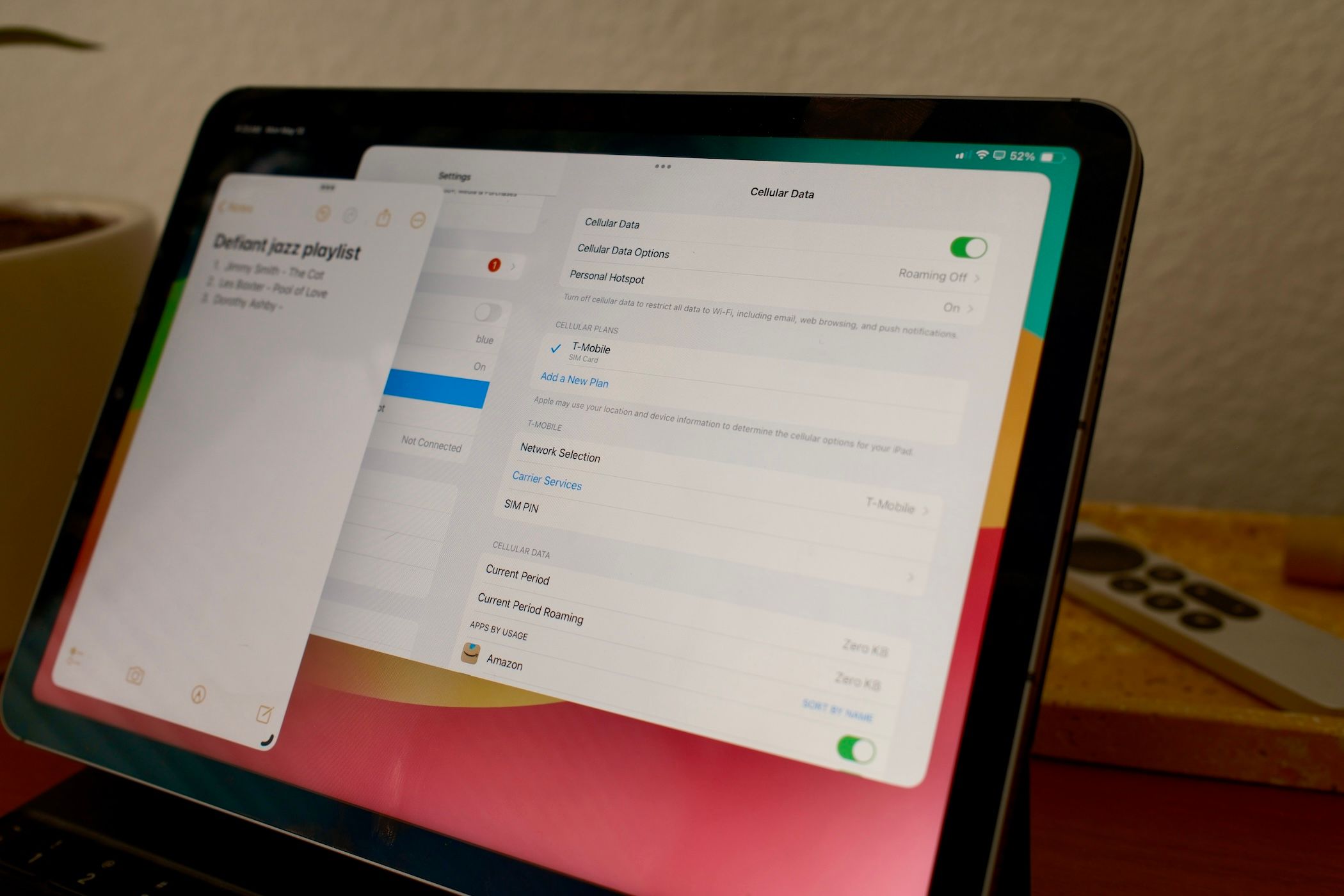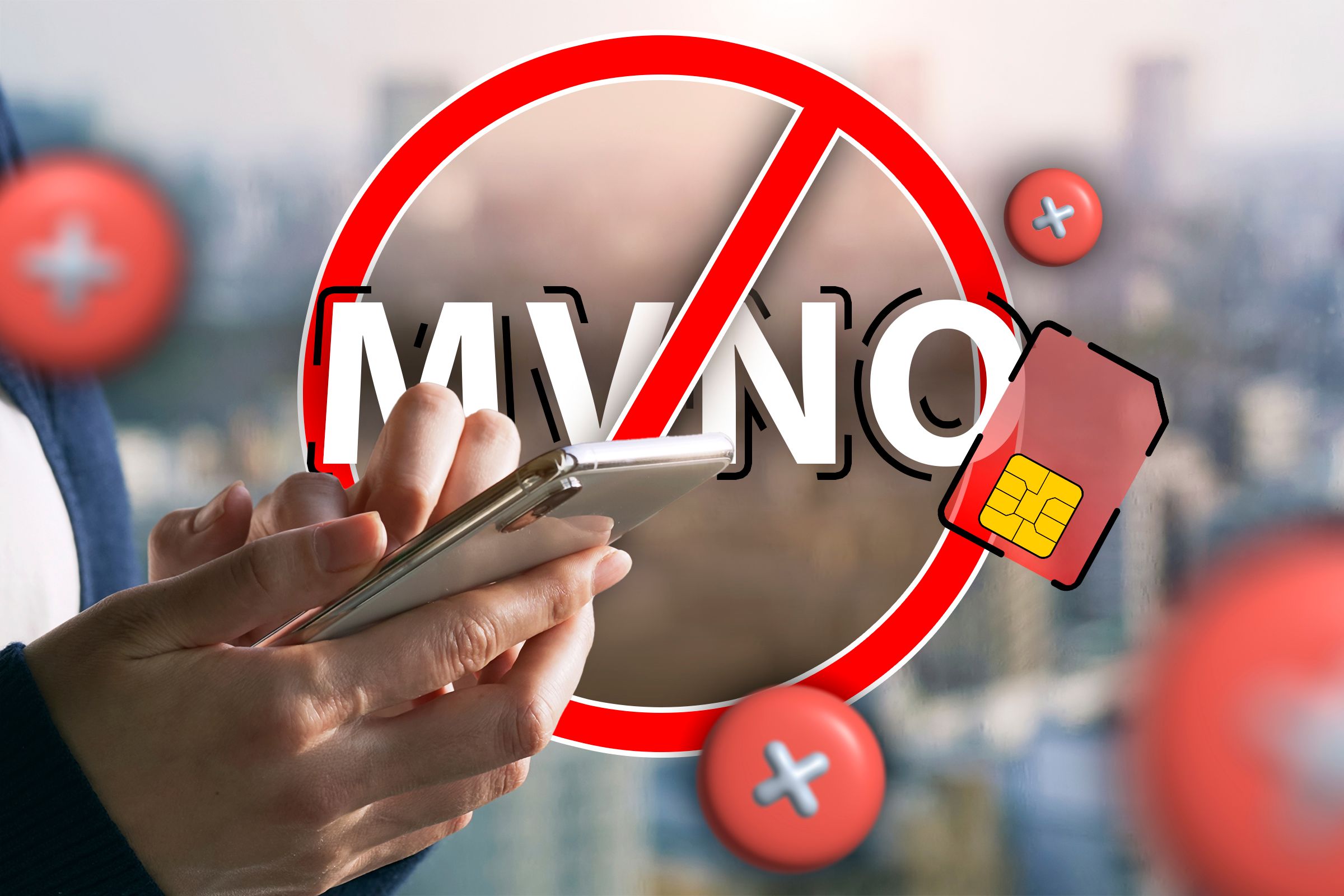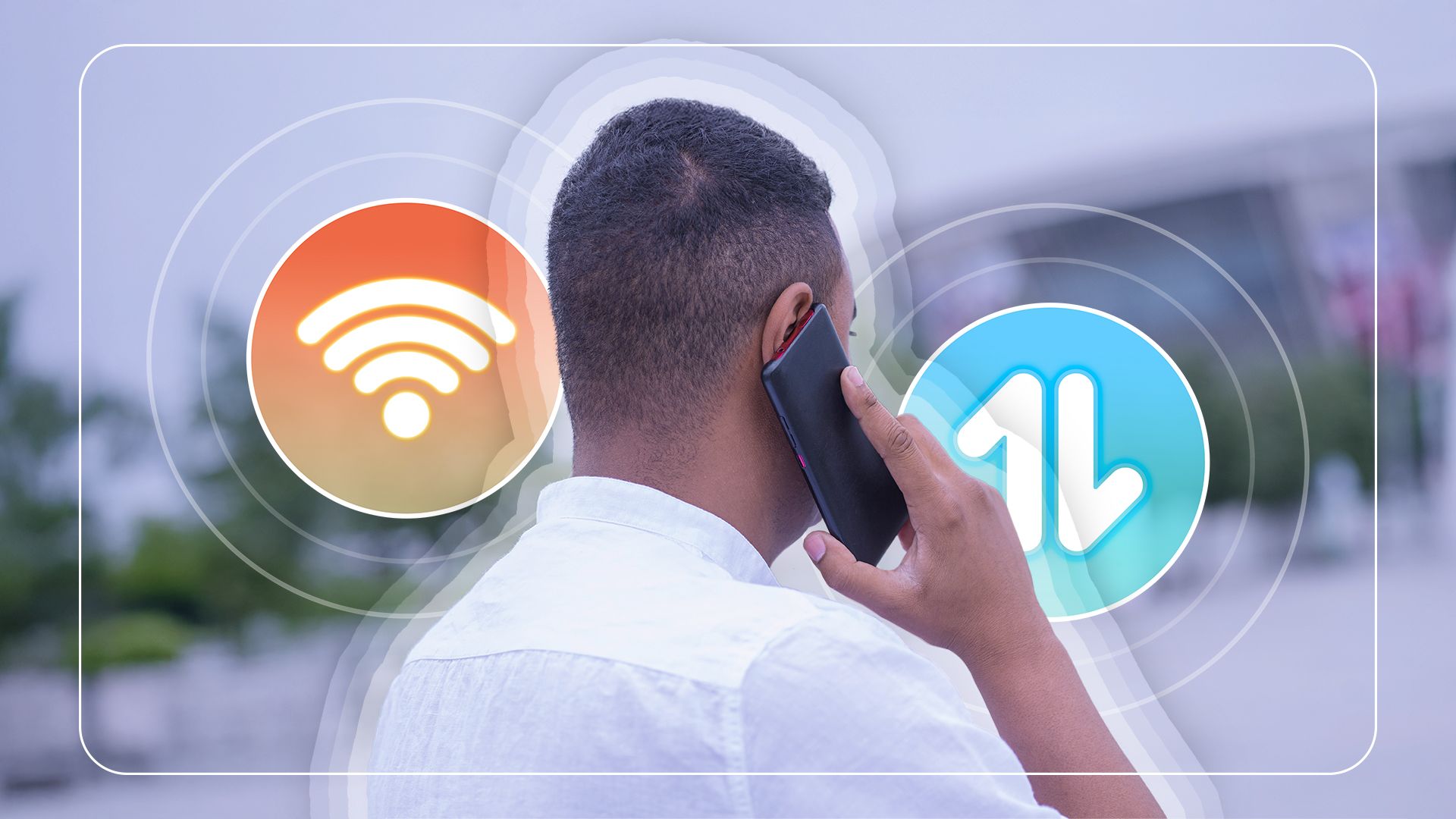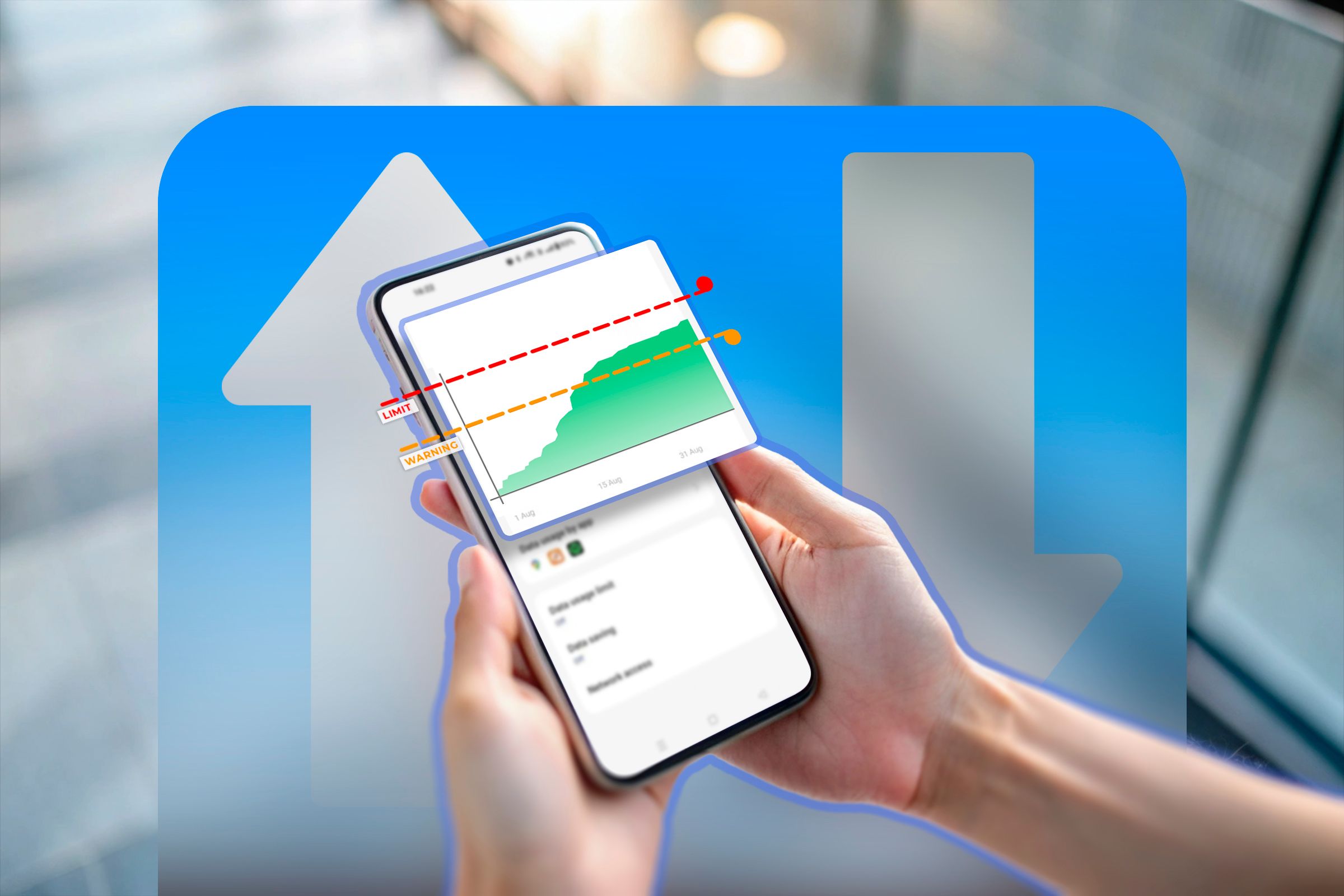Wi-Fi Calling vs. Cellular Calling: Which Is Best?
Carriers
Quick Links
-
What Is It?
-
Wi-Fi Calling
-
Cellular Calling
-
What About Network Coverage?
-
Call Quality Can Vary
-
What About Costs?
-
Does Data Usage Matter?
-
What Works and What Sucks
From the beginning of time, communication has been one of the most important cornerstones in our evolution as a species. And now it seems like we can’t live without a wireless connection.
Wi-Fi and cellular calling both provide cost-effective means and reliability in today’s connected world. But choosing which one delivers better quality depends entirely on location and your preference.
What Is It?
There’s never a more convenient time than in our modern age when means of communication are readily available. Among those are Wi-Fi and cellular calling.
Wi-Fi calling is a form of voice service that allows users to place and receive calls via the internet, hence the name. But there is a difference between Wi-Fi and the Internet itself.
Cellular calling, on the other hand, uses cell towers or cell sites that utilize antennas and electronic equipment to send and receive signals to and from mobile phones.
Wi-Fi Calling
Wi-Fi calling is the technology for making calls using a Wi-Fi connection, which has been around since the late 2000s but has become popular in recent years. It’s also known as “Voice over Wi-Fi” or internet calling. It is a technology that utilizes the internet connection in transmitting voice calls, data, and multimedia, rather than relying on cellular network coverage.
Now, imagine you’re going to make the most important work call that may make or break a deal, but you’re in a place with poor cellular quality. Not a good sign, right? Yet, you have a strong, stable internet connection. Yay! Well, that surely may have saved your day. That’s one important use of Wi-Fi calling, providing clear calls when your mobile signal is weak (as long as you have a decent Wi-Fi connection of course).
Cellular Calling
On the other hand, you have cellular calling, which is a way of making calls using your mobile phone’s cellular network or cell sites, which can be located or installed in various places like mountains, on top of buildings, and other places. It works by sending and receiving radio signals using your mobile phone.
One of the advantages that cellular calling has is its reliable access when emergencies arise (as long as there are enough cell towers nearby). In that kind of circumstance, every second counts, which can be a real lifesaver. When dialing an emergency number, it’s routed through a dedicated mobile network that allows emergency responders to pinpoint the location accurately. However, make sure you choose the right cellular carrier for you.
What About Network Coverage?
Wi-Fi calling extends its network coverage by utilizing the existing Wi-Fi connection available that essentially allows you to make calls in areas that have poor cellular signal. It also generally provides a good call quality so long as the signal connection is strong.
On the other hand, cellular calling can reliably make and receive calls in areas where the mobile phone can connect to the carrier’s cellular signal. But the coverage and quality can also vary depending on the cellular network you use on your mobile phone. Fortunately, there are ways you can check your coverage.
Call Quality Can Vary
Depending on the strength of the Wi-Fi connection, the stability and quality of Wi-Fi calling varies. But it’s generally considered good and often provides better audio in areas with poor cellular reception. This proves its efficiency, especially for people who work remotely and need to make constant calls to clients or colleagues about their work.
When it comes to cellular calling, the quality increases if you have strong network coverage, with good call transmission and minimal to no interruptions. Still, it’s dependent on the signal strength and network capacity for its overall call condition. Yet, it serves well in areas where the internet connection is weak and your phone uses this method to make calls.
Modern cellular networks like 4G (VoLTE) and 5G can enhance call quality, but the basics of cellular calling remain the same—relying on cell towers for signals.
What About Costs?
If you’re keen on traveling, it’s a great idea to use Wi-Fi calling, which offers you the potential for cost savings compared to cellular calling. Most mobile plans charge for minutes and have limited options for international calls, slapping you with expensive roaming charges.
So, using a Wi-Fi connection instead of using cellular calls will help you avoid these fees altogether, reducing your cellular data usage in general. In a way, the more you use Wi-Fi for making calls, the more money you can save to later purchase cellular data for future use.
Does Data Usage Matter?
Using Wi-Fi calling has entirely no impact on your mobile data plan as it uses an internet connection. However, a small amount of data from your Wi-Fi network is utilized to facilitate the call itself. It’s best to ask your mobile provider regarding the specifics of their policies and limitations for your plan, as some may have restrictions in certain circumstances.
This is largely different when it comes to cellular calling. It significantly impacts your data plan especially if you’re making a lot of calls, which can exceed your plan’s allowance, resulting in additional charges for you. However, most plans now have distinct data allotments and voice minutes. So, when you make phone calls, only the voice minutes are used and not your data plan.
What Works and What Sucks
Some of the benefits Wi-Fi calling offers are improved call quality and the ability to make and receive calls, especially in locations that have poor to no cellular reception. However, strong reliance on a stable Wi-Fi connection, potential Wi-Fi-related security issues, and battery drain are its limitations when using public networks. It may use up data as well if not managed correctly. These are the things you must consider to protect your sensitive information that hackers could potentially steal.
For cellular calling, mobility, wide coverage, and the capability to make calls almost anywhere are its benefits, thanks to the countless cell towers scattered across a huge region. In the future, we can see this improving as satellite cellular services come into play.
The downside, though, is that it’s not like that all the time. You will not always have a strong signal consistently, which often happens in remote areas that are reliant on network coverage. Also, additional costs can be incurred, especially for international calls, depending on the usage and plan.
Again, what you should use largely depends on a number of factors like location, signal strength, and preference. But it would be best to have both options just in case one of the services is unavailable. Circumstances would dictate which one is preferable to the other. So, feel free to explore!















